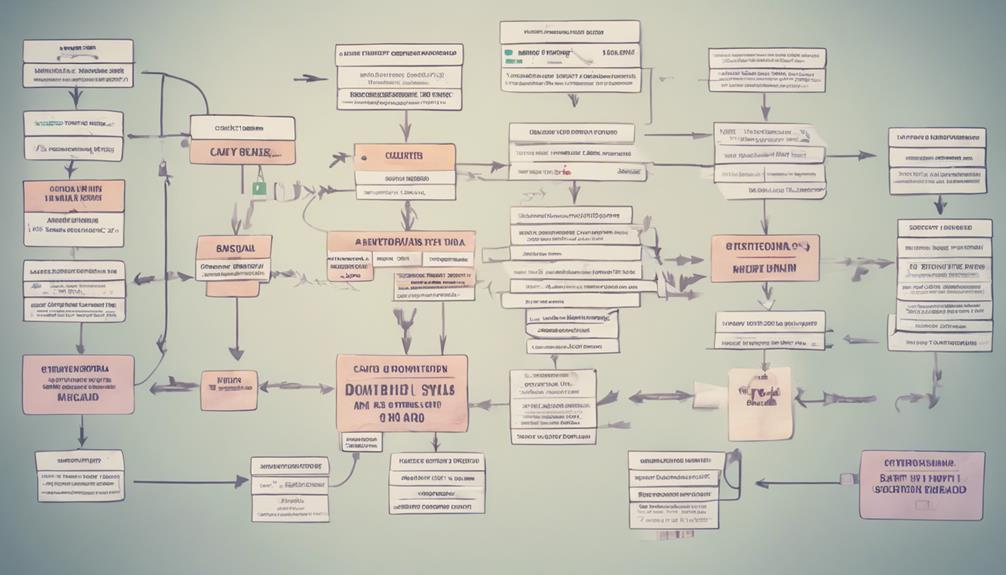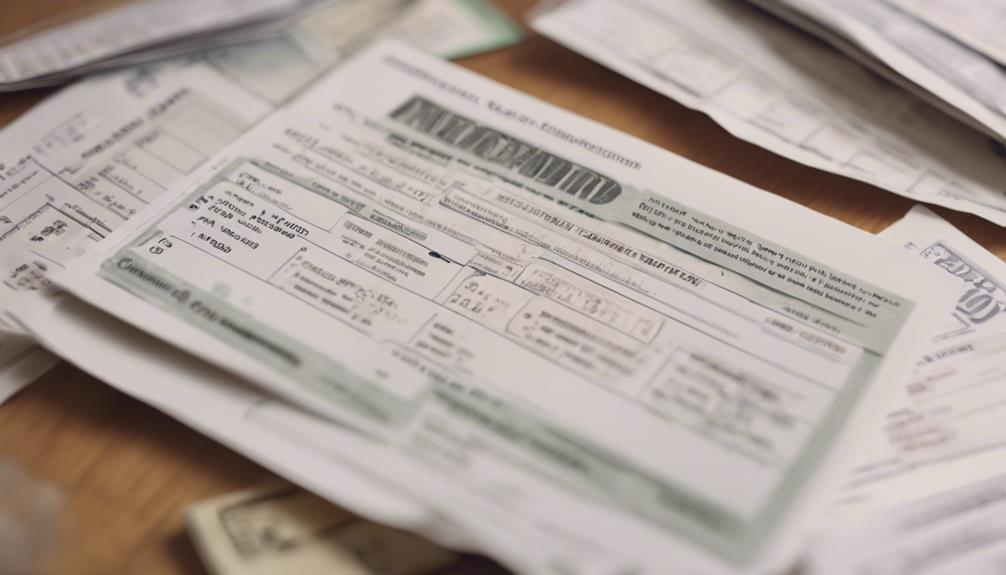To successfully apply for Texas Emergency Medicaid, ensure your documents are accurate and complete. Provide a government-issued photo ID matching your application name. Include proof for recent name changes. Submit clear copies of all required documents. Show employment status through recent pay stubs with earnings details. Prove residency with recent utility bills or property documents. Demonstrate medical need with records, test results, treatment plans, and risks if care is delayed. Thorough documentation is key for timely processing and eligibility determination.
Eligibility Criteria Overview

To determine if an individual qualifies for Texas Emergency Medicaid, understanding the eligibility criteria is crucial. The application process for Texas Emergency Medicaid involves a thorough assessment of the applicant's financial situation, residency status, and immigration status. Eligibility determination is based on factors such as income level, household size, and whether the individual falls into specific categories like pregnant women, children, parents or caretaker relatives, and individuals with disabilities.
The application process requires providing detailed information about income, resources, and any insurance coverage. Eligibility determination is made by the Texas Health and Human Services Commission after reviewing the submitted application and supporting documentation. It's essential to accurately complete the application and provide all necessary documentation to ensure a smooth eligibility determination process.
Understanding the specific eligibility criteria and following the application guidelines will increase the chances of being approved for Texas Emergency Medicaid when facing a medical emergency.
Proof of Identity
Submitting proof of identity is a critical requirement when applying for Texas Emergency Medicaid. Identity verification is essential to confirm your eligibility for the program.
To meet the photo ID requirements, ensure you have a valid government-issued identification document. Acceptable forms of photo ID include a driver's license, state-issued ID card, passport, or military ID. Make sure that your photo ID is current and not expired. The name on your ID should match the name you use on your Medicaid application.
If there have been any recent name changes, be prepared to provide legal documentation, such as a marriage certificate or court order. It's crucial to submit clear and legible copies of your photo ID to avoid any delays in processing your Texas Emergency Medicaid application.
Double-check that all information on the ID is visible and matches the details you provide in your application.
Income Verification

When applying for Texas Emergency Medicaid, verifying your income is a key step in determining your eligibility for the program. To prove your income, you'll need to provide documentation related to your employment status. This can include recent pay stubs from your current job. Pay stubs typically detail your earnings, deductions, and other important financial information. Make sure the pay stubs you provide are up to date and accurately reflect your current income.
Employment status verification is crucial as it helps Medicaid determine your financial need for assistance. Ensure that your pay stubs clearly show your employer's name, your pay rate, hours worked, and any deductions. It's important to be thorough and accurate when submitting this information to avoid any delays in the application process.
Residency Documentation
Ensure you have valid documentation to prove your residency when applying for Texas Emergency Medicaid. Address verification is crucial, so make sure to provide utility bills with your name and address. These bills help establish that you reside in Texas and are eligible for Emergency Medicaid.
If you have a lease agreement, include it in your application as it serves as official proof of residency. Property ownership documents are also accepted, so if you own a home in Texas, provide relevant ownership papers.
When submitting address verification, ensure the documents are recent and show your current address. Utility bills should typically be from the last few months to be considered valid. Double-check that all documents are clear and legible to prevent any delays in the application process.
Medical Necessity Evidence

To further support your Texas Emergency Medicaid application, providing evidence of medical necessity is key in demonstrating the need for immediate healthcare coverage. Medical records and physician notes play a crucial role in showing the severity of your medical condition and the urgency of treatment. Ensure that your medical records clearly outline your diagnosis, the recommended course of treatment, and the potential risks of delaying care.
In addition to medical records, including test results can further strengthen your case for medical necessity. Test results such as blood work, imaging scans, or other diagnostic tests offer objective data to support your healthcare needs.
Make sure to include any relevant treatment plans recommended by your healthcare provider. These treatment plans should detail the specific interventions required, the frequency of care, and the expected outcomes.
Additional Supporting Documents
Including additional supporting documents along with your medical records and test results can strengthen your Texas Emergency Medicaid application. These additional documents may include specific forms that provide further details about your medical condition, treatment plan, and financial situation. Make sure to fill out any additional forms completely and accurately to support your eligibility for emergency Medicaid coverage.
Submitting all required documentation can expedite the verification process and increase the chances of your application being approved promptly. Additional supporting documents such as letters from healthcare providers, proof of income, and any relevant medical reports can provide a more comprehensive picture of your situation, helping the Medicaid office assess your eligibility more efficiently.
To streamline the verification process, organize all your supporting documents neatly and label them clearly. Double-check that you have included all necessary forms and information before submitting your Texas Emergency Medicaid application.
Conclusion
You have learned the key documentation tips for Texas Emergency Medicaid.
Did you know that over 4 million Texans are enrolled in Medicaid, making it a vital program for those in need of healthcare assistance?
By ensuring you have all the necessary paperwork in order, you can increase your chances of being approved for emergency Medicaid coverage.
Take the time to gather and organize your documentation to navigate the process smoothly.
